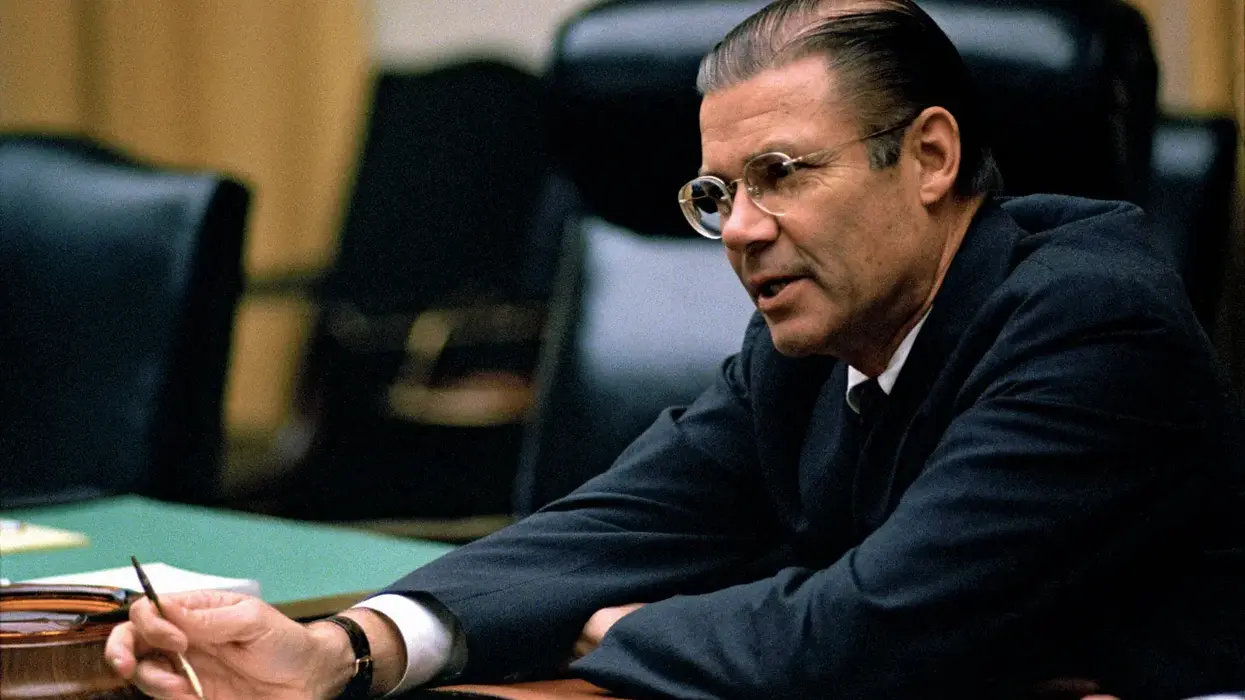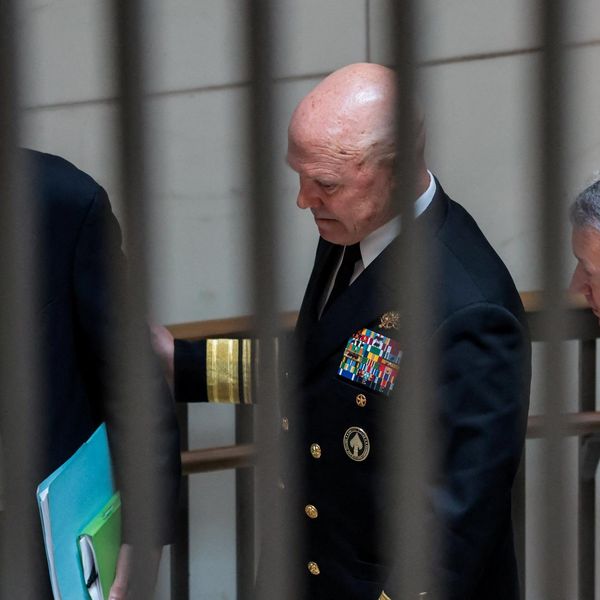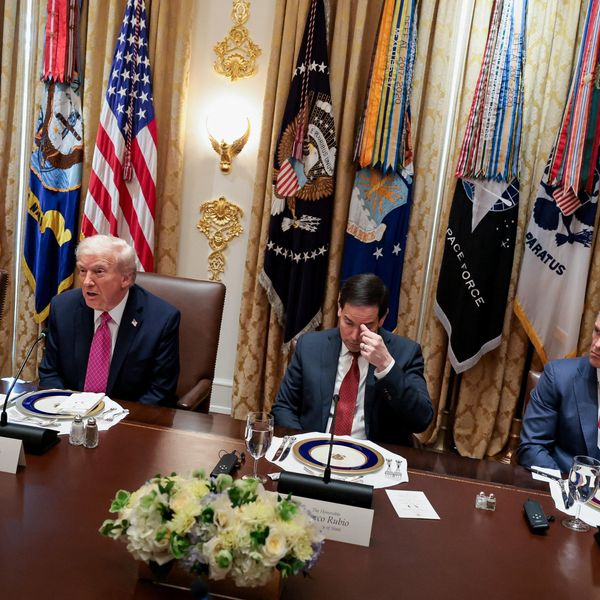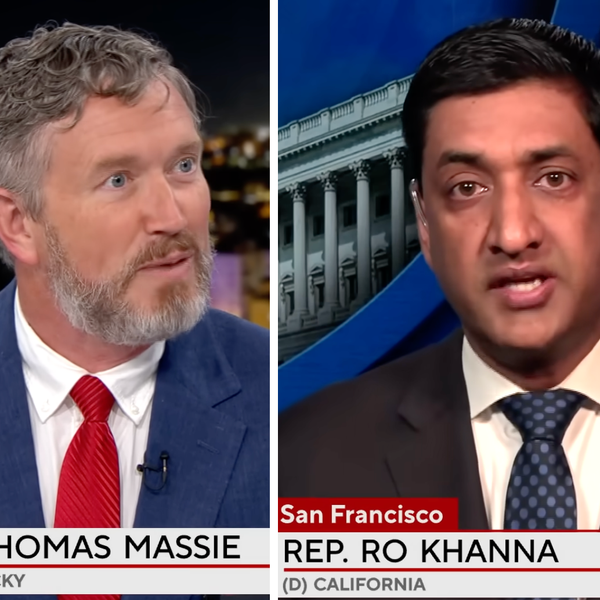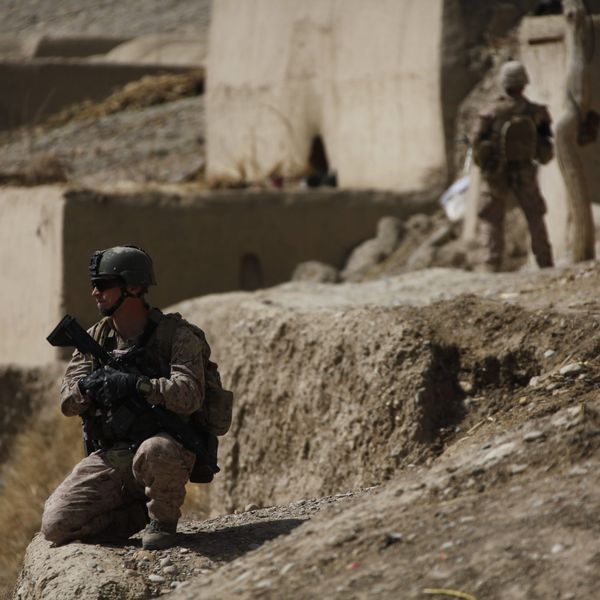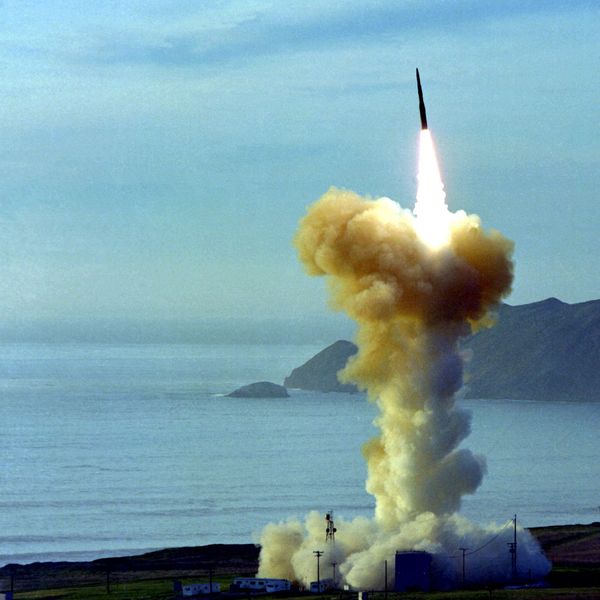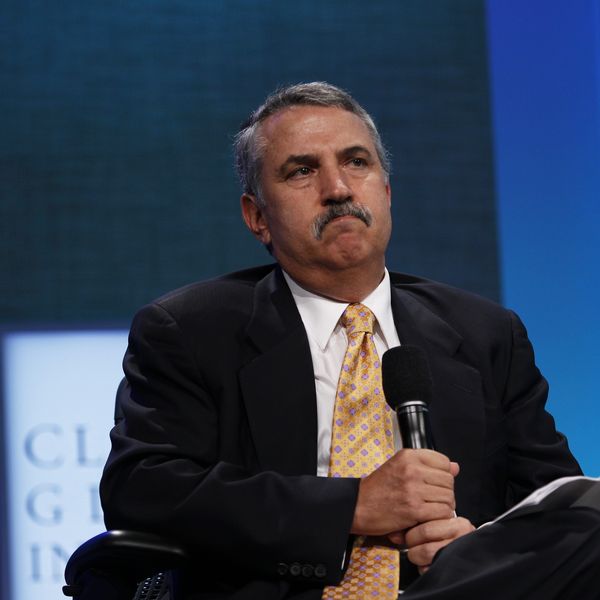Today marks the third anniversary of Russia’s full-scale invasion of Ukraine. With the war entering its fourth year and serious diplomatic moves toward peace finally underway, it’s an appropriate time to look back on the U.S. approach to the conflict.
The Ukraine war is the most devastating European conflict since WW2. While accurate casualty figures are difficult to come by, in September 2024, The Wall Street Journal estimated that the war had already resulted in more than one million casualties, with more than 250,000 dead and some 800,000 wounded.
The carnage has only increased since then. Estimates are that the war has caused some $1 trillion in damage to Ukraine’s infrastructure and capital stock. Even before the war Ukraine was already one of the poorest countries in Europe. As of late 2024, the U.S. government had allocated some $175 billion in military and non-military aid to support Ukraine’s war effort.
The early months of the war saw astounding Ukrainian success in resisting Russian aggression, as Ukraine mobilized to drive Russian forces back from the Kyiv region and the Black Sea coast. After an additional offensive in September 2022 gained some further ground, the war settled into a grinding stalemate in Ukraine’s Eastern regions.
Since the end of 2022, the front lines in Ukraine have barely moved, with Russia holding 18% of Ukraine’s internationally recognized territories in December 2022 and 18.6% of those territories today. But the costs of war continued to mount, with hundreds of thousands of additional dead and wounded and continued assaults on Ukraine’s infrastructure.
The military stalemate in Ukraine was predictable. In late 2022, around the time that shifts in the front line slowed to a crawl and the war became a bloody battle of attrition, General Mark Milley, then chairman of the U.S. Joint Chiefs of Staff, declared that the Ukrainians had “achieved about as much as they could reasonably expect on the battlefield” and recommended that Ukraine should therefore “try to cement their gains at the bargaining table.”
The events of the next two years proved him essentially correct, but his advice was not followed. The Biden administration quickly distanced itself and publicly rejected a diplomatic track. Others calling for a diplomatic opening at the time were also met with sharp criticism.
The rejection of diplomacy was part of a larger Biden Administration pursuit of a maximalist strategy, essentially to extend the war “as long as it takes” to inflict complete defeat or even regime change on Russia and Putin.
In a recent assessment, the well-connected national security reporter David Ignatius summarized the Biden administration’s strategy by saying, “It was a sensible, cold-blooded strategy for the United States — to attrit an adversary at low cost to America, while Ukraine was paying the butcher’s bill.” This approach was certainly cold-blooded, but we can reasonably ask whether it was sensible.
These maximalist goals have led to a high cost in human life and economic destruction, with no clear gain. Ukraine has failed to regain any significant territory in the last two years and the very same issues that have been at the heart of the conflict since the beginning, such as Russia’s desire for a neutral Ukraine that was not affiliated with NATO, and Ukraine’s need for security from future Russian aggression, remain unsettled and will still have to be handled diplomatically.
Indeed, Ukraine is probably in a worse position to gain concessions from Russia today than it would have been had talks been opened much earlier in the war. In 2022, Russia was losing ground in important regions of Ukraine, giving it concrete military reasons for compromise. Since that time, it has mobilized additional troops, stabilized its military position, and is slowly pressing back a Ukrainian military suffering from severe manpower shortages.
The need for a broader diplomatic settlement of the issues underlying the Ukraine conflict has been evident for many years. In 2008, William Burns, the then–U.S. ambassador to Russia, cabled to Washington that Ukrainian entry into NATO was a Russian redline, stating that “Ukrainian entry into NATO is the brightest of all redlines for the Russian elite (not just Putin) … In more than two and a half years of conversations with key Russian players … I have yet to find anyone who views Ukraine in NATO as anything other than a direct challenge to Russian interests.”
Yet in that same year at the Bucharest Summit the U.S. and NATO committed to support NATO membership for Ukraine, and then just before Russia’s 2022 invasion the U.S. reaffirmed this commitment. It was, or should have been, obvious even before the war that a failure to recognize Russia’s interest in some form of Ukrainian neutrality risked tragedy.
Although diplomacy should have been pursued much earlier, at least it now appears to be beginning today. The U.S. and NATO retain substantial leverage to reach a settlement that will support a secure and independent Ukraine on at least 80 percent of its pre-2014 territory and to pursue goals for Ukraine’s future prosperity, such as membership in the European Union. My colleagues at the Quincy Institute just published a brief outlining Washington's critical role here, entitled, "Peace Through Strength in Ukraine: Sources of U.S. Leverage in Negotiations."
Rather than continuing the carnage and destruction of the last three years, it is past time to begin to play these cards wisely at the negotiating table in pursuit of a better future for Ukraine.
- Paris Summit was theater, and much ado about nothing ›
- Munich Dispatch: Zelensky calls for an 'Army of Europe' ›




